Charger Efest Xsmart
At first glance this charge might look like the Xblack charger, but it is a much better charger.
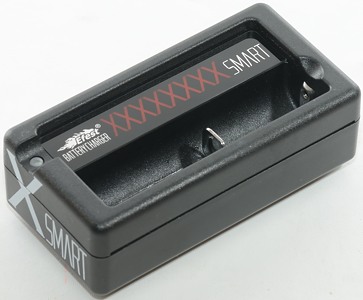

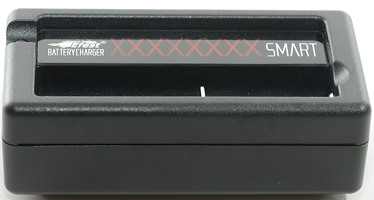
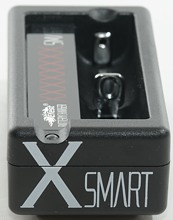
Efest has been building a line of chargers from single cell to four cell with fixed and variable current, this is a single cell charger with usb output.

The charger I got was not in the final box, i.e. I do not know what is included with the charger.
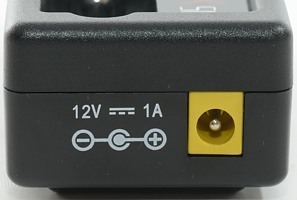
The charger can be supplied with 12V DC from a power supply or from a car.
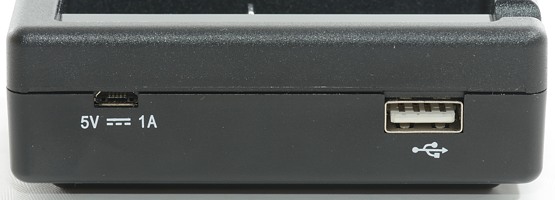
It does also have a micro usb power input and a usb power output.
I wonder why the input is labeled with voltage and current, but not the output.
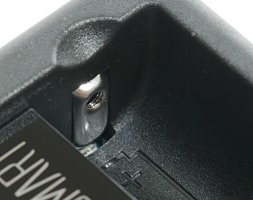
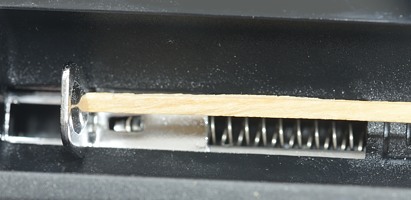
The charger can handle from 31mm to 72mm long batteries.
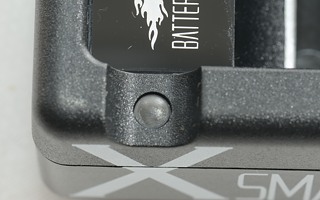
The charger has the usual red/green led. It is red while charging and green at all other times when power is connected.
It will flash green or red when usb output is active, depending on power level on the battery.


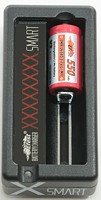
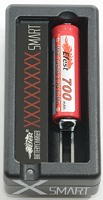

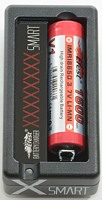
The charger can handle 70 mm long batteries including flat top cells.
Measurements charger
- When not connected to power it will discharges with up to 0.5mA.
- When power is connected with a full battery, the charger will discharge with 0.5mA
- Below 2.8 volt the charger charges with up to 150mA
- Above 2.8 volt is will charge LiIon with full current.
- It will restart if battery drops to 4.13 volt.
- It will not restart charging on reinsertion of the battery or power cycling.
.png)
The charger does a good CC/CV charging with a termination current of about 50mA, this is very good.
.png)
.png)
There is no surprise with the 2600 and 3400 mAh batteries.
.png)
The old IMR 16340 cells does also charge fine.
.png)
Same with the IMR 18350 cell.
.png)
Using the 5 volt input, do put a restriction on the charger. The current is reduced when the voltage reach 4 volt. The only negative aspect of this is the longer charge time.
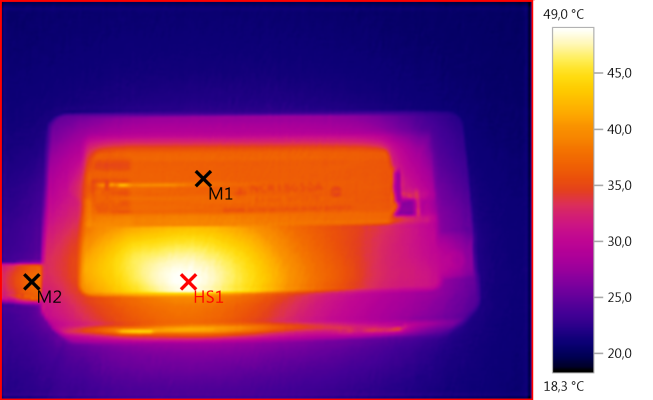
M1: 36,7°C, M2: 37,5°C, HS1: 49,0°C
With 12V supply there is some heat in the charger.
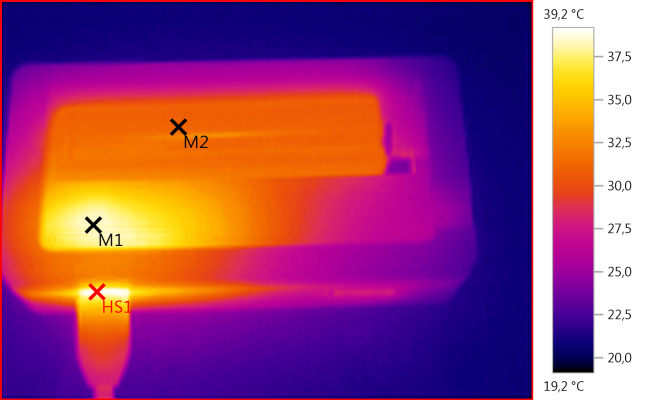
M1: 38,4°C, M2: 31,1°C, HS1: 39,2°C
Using the usb power supply does reduce the heat in the charger significantly.
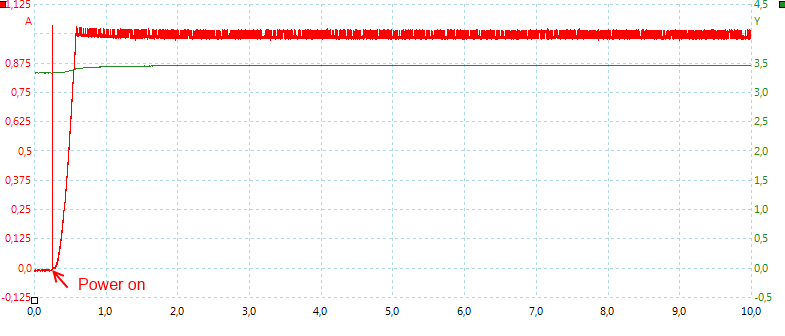
The charger starts very fast.
Measurements USB output
- USB output is will turn on automatic when loaded, it is very sensitive (Less than 0.05mA load needed).
- USB output is coded as Apple 1A
- Led flashes green when usb output is active
- Led flashes red when battery is nearly empty (3.30 volt) in usb output mode.
- USB output is off when power is connected to the charger.
- Output turns off when overloaded.
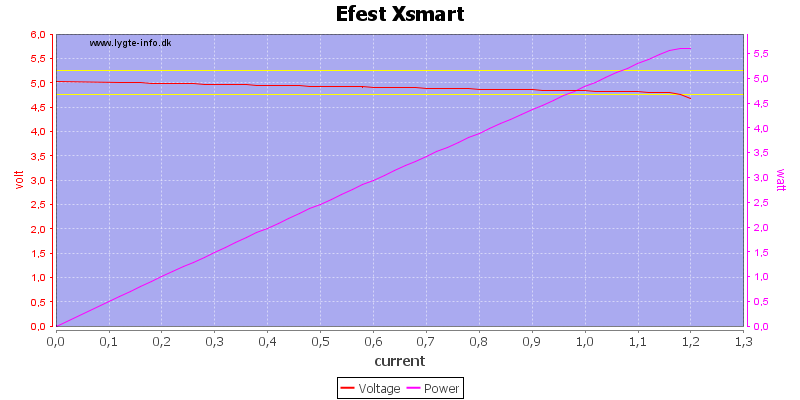
The usb output can deliver 1.2A, this is very good value for a 1A output.
.png)
The output can deliver 1A for 1½ hour, before it gets into problems.
.png)
Reducing the current to 0.5A more than double the time and gets rid of any funny stuff.
With a cutoff voltage of 3V, it is safe with all LiIon batteries, but cannot get the full capacity from the new generation Panasonic cell (2900/31000/3400/3600mAh).
.png)
.png)
Other battery capacities works just as well, and can sustain the output for different times.

The noise is very low on this usb output (17mV rms).

And reducing the current will also reduce the noise (8mV rms).
Conclusion
This charger is a good single channel charger. It can charger any 18650 battery, but with smaller batteries it has to be IMR batteries.
I like the automatic turn on for the usb output and it output works fairly well.
Notes
The charger was supplied by Efest for a review.
Here is an explanation on how I did the above charge curves: How do I test a charger
Read more about how I test USB power supplies and chargers


